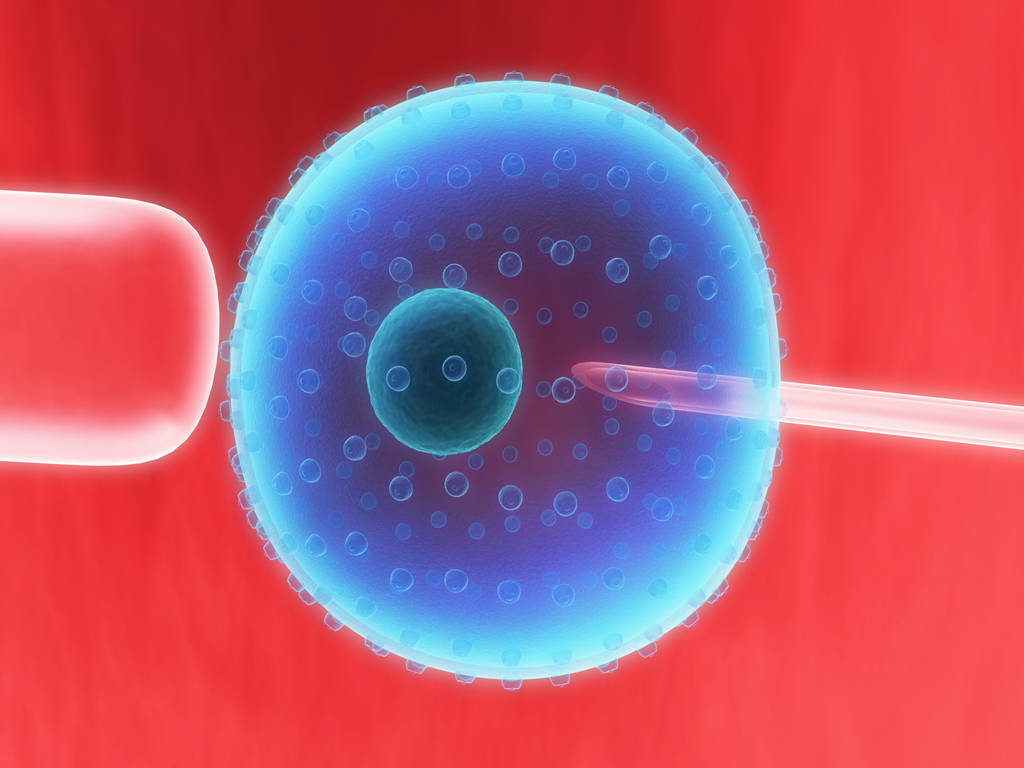Artificial insemination achieved widespread popularity as an infertility treatment in the 1970s. Intracervical insemination (ICI), the original technique used for artificial insemination (AI), is fairly uncomplicated in nature. The most common AI technique used today, intrauterine insemination (IUI), offers certain advantages over ICI. Below you will find information on artificial insemination, including the benefits and cost of artificial insemination and an explanation of the different artificial insemination procedures performed.
What is Artificial Insemination?
Artificial insemination, or AI, is a fertilization procedure in which sperm is artificially placed into a woman’s cervix (intracervical insemination) or uterus (intrauterine insemination). During artificial insemination treatment, the woman’s menstrual cycle is closely monitored using ovarian kits, ultrasounds, and blood tests. The semen to be implanted is “washed” in a laboratory, which increases the chances of fertilization while removing unnecessary, potentially harmful chemicals. The semen is inserted into the woman, and if the procedure is successful, she conceives.
Artificial Insemination Procedures
Artificial insemination procedures are advanced forms of fertility treatment that involve the use of a thin, flexible tube to precisely place donor sperm into a woman’s reproductive tract. Before the procedure, the sperm to be used is washed and concentrated to increase the likelihood of a conception. Below is a brief overview of the two main types of artificial insemination, intrauterine insemination (IUI) and intracervical insemination (ICI), both of which can be performed by a reproductive specialist at your local fertility clinic. Please use the links provided for a more comprehensive examination of artificial insemination procedures or to learn about in vitro fertilization (IVF).
Intracervical Insemination (ICI)
Intracervical insemination, or ICI, is one of the most commonly performed types of artificial insemination. ICI is a relatively quick and usually painless procedure that deposits donor sperm directly into the cervix, dramatically increasing the chances that the sperm will make its way through the uterus and fallopian tubes, where it can fertilize the egg. Typically less costly than intrauterine insemination (see below), the ICI procedure produces high success rates.
Intrauterine Insemination (IUI)
Intrauterine insemination, or IUI, is the most commonly performed method of artificial insemination by husband (AIH). Often simpler and less expensive than in vitro fertilization (IVF), intrauterine insemination is an effective treatment for some forms of infertility. When combined with ovarian stimulation, IUI – which places sperm in the fallopian tubes – produces high fertilization success rates. As a form of artificial insemination, IUI is good for couples with unidentifiable sources of infertility as well as for couples in which the man has some sperm deficiencies or the woman has cervical mucus problems.

